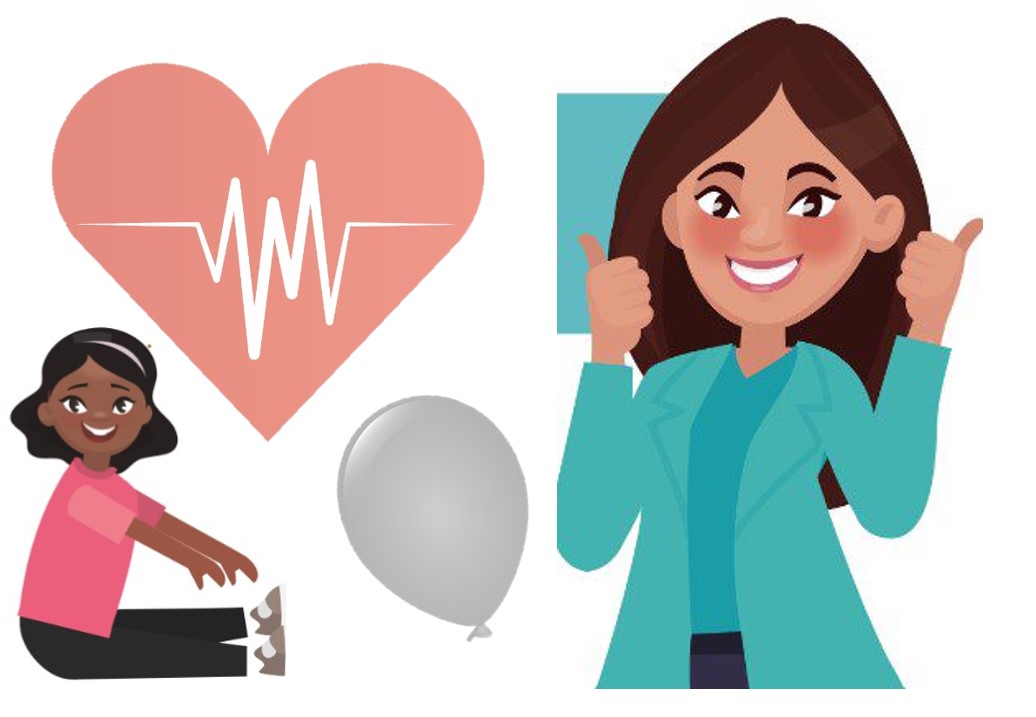We’ve all heard about the benefits of aerobic exercise and strength training, CrossFit and interval workouts, but are you aware of the payback for plyometric exercises?
What are plyometrics?
Plyometric training is a form of exercise which involves rapid contraction and extension of muscles, with the aim of developing strength, power, and muscle control. They usually involve very quick explosive movements with the primary goal being to improve the efficiency of the neuromuscular system (the interconnected nervous system and muscular system, and taking advantage of the elasticity of muscles and tendons to improve the effectiveness of the stretch-shorten cycle.
What is a stretch-shorten cycle?
The stretch-shorten cycle is a common muscle action whereby the muscle rapidly lengthens (eccentric contraction) in a controlled manner, followed by fast powerful shortening (concentric contraction). Think of doing a regular bench press, if there is poor concentric control then the weightlifter will be wobbly as they push the weight away from their chest. Equally if someone has poor eccentric control, then during a bicep curl they will be shaky as they lower the weight down. Clearly the heavier the weight the more likely that poor control becomes evident and it’s the same for children.
Plyometric exercises offer numerous benefits for children facing mobility challenges:
Enhanced bone density: contrary to perceived opinion, bones are not static but are dynamic tissues, constantly reshaping and remodelling depending on the forces that they experience. Plyometric exercises stimulate bone growth and bone density which is particularly beneficial for children with reduced mobility where weight-bearing activities are generally less frequent and less varied.
Improved strength and coordination: As plyometric exercises involve rapid muscle contractions; they develop muscle strength and muscle control. Greater control will have enormous impact on everyday function, improving independence in daily life.
Increased cardiovascular fitness: like any physically demanding activity, plyometric training will promote heart health and endurance. This is especially beneficial in improving stamina and energy levels of children with additional needs who have less opportunities to exercise.
Plyometrics can be incorporated into many everyday activities and here are examples of some adapted exercises:
Seated jumping jacks: while seated, have your child perform modified jumping jacks, trying to control their leg and arm movements. Use resistance bands to increase the effort.
Bounding: when in their walking frame, encourage your child to perform large, exaggerated strides, with powerful push offs. The bigger the stride the better.
Box/kerb/sidewalk jumps: Assist your child in jumping up and down, or down off a small height. It’s perfectly ok if you are supporting some or most of their weight so long as they are partially weightbearing and trying to react to the jump. If there are puddles on the ground, then it’s going to be even more fun.
Balloon taps: tie a balloon to a string and encourage tapping or boxing. Work on speed and co-ordination.
Medicine (or any heavy weight) ball throws: the bigger the object, the easier it is to catch. You could start with rolling it on a table or tray and encourage quick movements to push or catch the object.
Parents often seek new ways to enhance their child’s development and plyometrics give you another tool in your toolbox. Participating in a group exercise in a supportive environment will provide opportunities for social interaction for both you and your child. You know your child best so tailor the exercises to their needs and incorporate them into their daily activities, and of course if it’s not fun, it’s not going to work.
